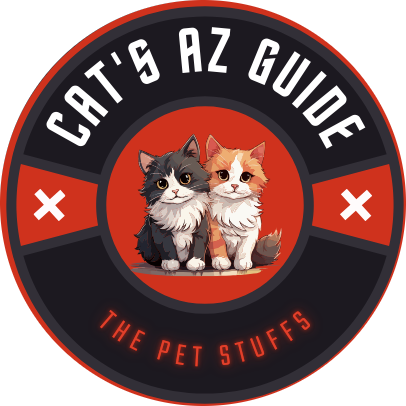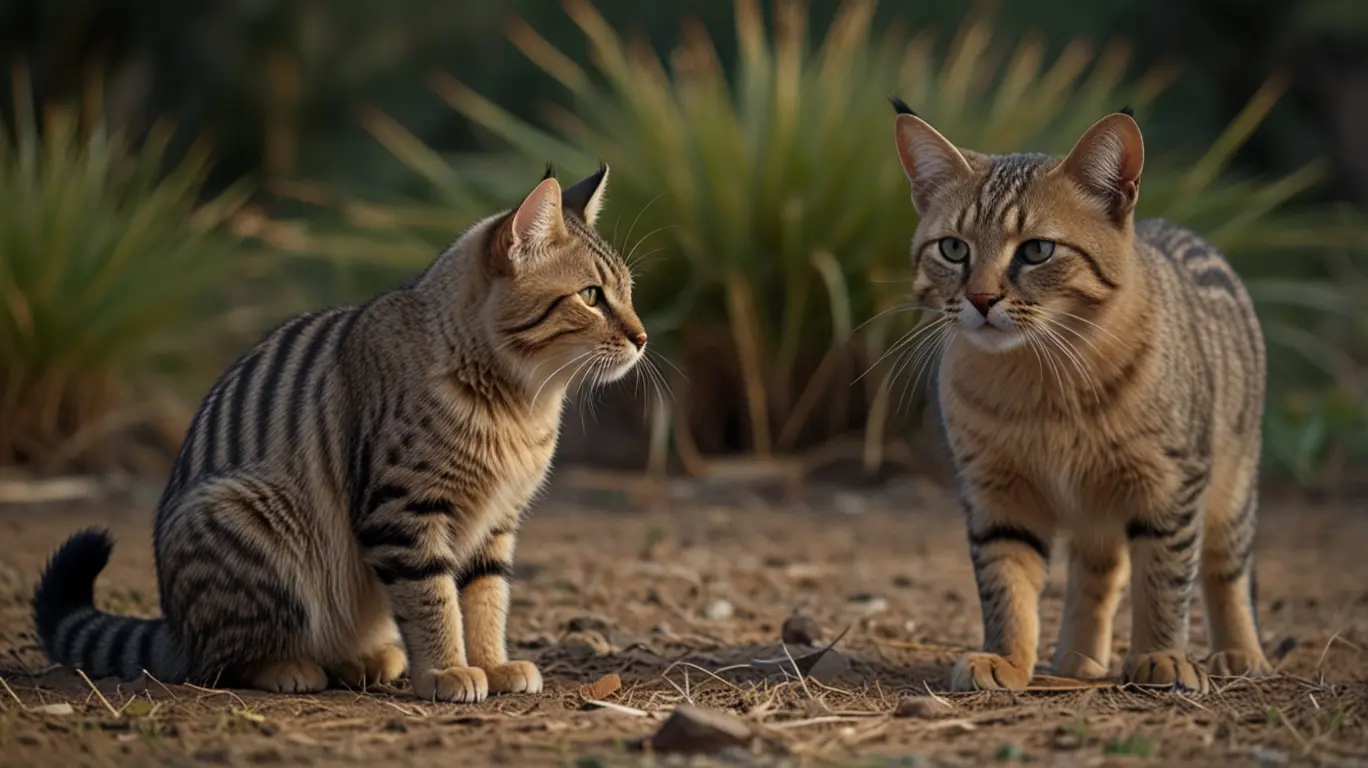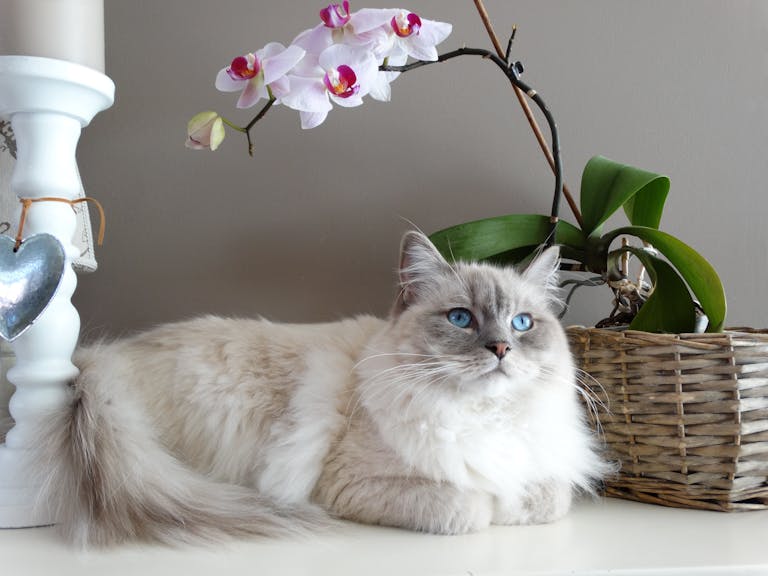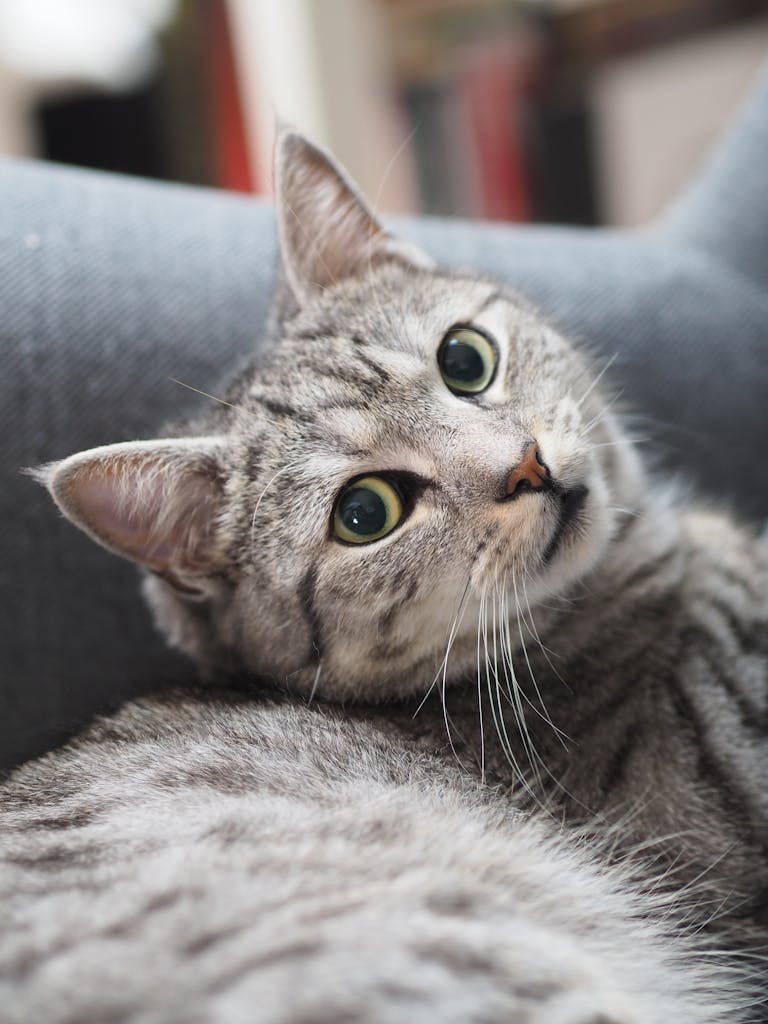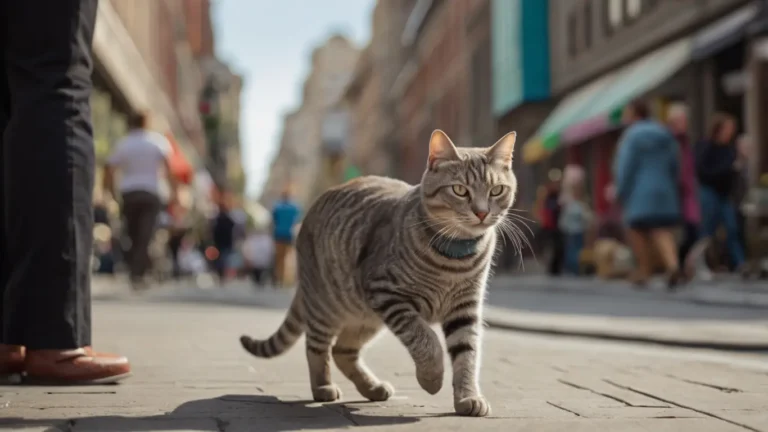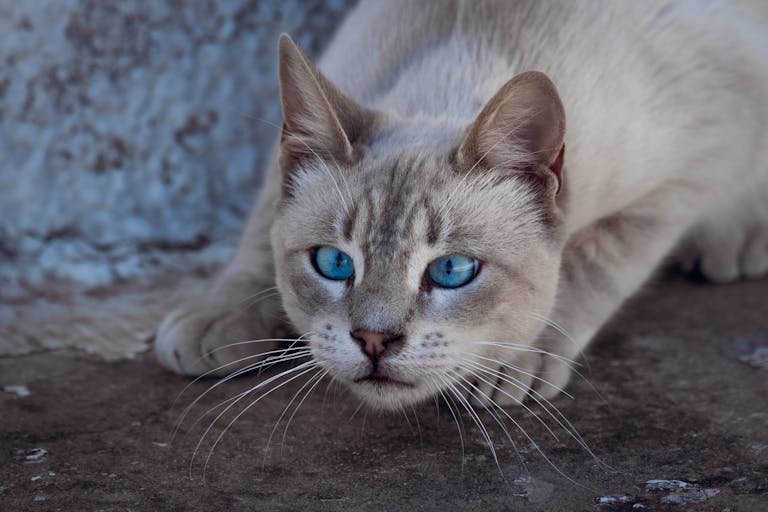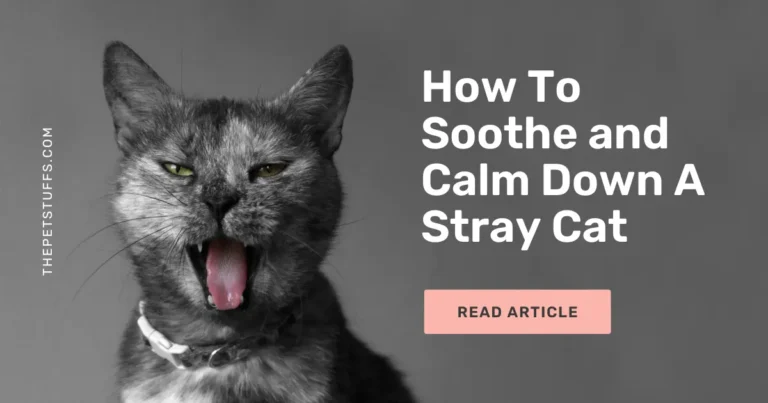South America’s Wildcats – Colocolo Cat vs Pampas Cat
Imagine you are taking a stroll across the vast expanses of South America and you spot a mischievous cat in the grasslands. Is it the Pampas cat or the Colocolo cat?
Despite their initial similarities, these two elusive cats can be distinguished from one another by their unique habitats, appearance, and behavior.
We will unravel the puzzle of these two South American wild cats in this post and examine colocolo cat vs pampas cat and their differences, adaptations, and chances of survival in their natural habitats.
Key Takeaways:
- Learn what defines the Colocolo cat and Pampas cat, two wild felines native to South America.
- Explore Colocolo cat vs Pampas cat and how these cats differ in size, fur patterns, and coloration.
- Delve into their contrasting habitats, hunting techniques, and lifestyles.
- Understand the current threats and protections these species face in the wild.
- Find answers to the most common questions about these fascinating creatures.
Colocolo Cat and Pampas Cat
The Colocolo cat (Leopardus colocolo) and the Pampas cat (Leopardus pajeros) are two small wildcats native to South America, often mistaken for each other due to their similar appearance. However, they belong to separate species.
The Colocolo cat is typically found in the scrublands, semi-deserts, and grasslands of central and northern Argentina, as well as in parts of Chile, Bolivia, and Paraguay. It has a stocky build, and its fur pattern can range from spots to stripes, with colors varying between gray, yellowish-brown, and reddish hues.
The Pampas cat, on the other hand, inhabits a more diverse range of habitats, from the grasslands of the Pampas region to the Andes’ high-altitude areas. It tends to be slightly smaller than the Colocolo cat and has a thicker coat, which can change according to its geographical location.
Pampas cats have a distinct facial marking and tail rings, giving them a more striped and muted appearance compared to the Colocolo cat.
Despite their similarities, these two cats occupy distinct ecological niches and have unique adaptations that allow them to thrive in their respective environments.
How Is the Colocolo Cat Different from the Pampas Cat?
While the Colocolo cat and Pampas cat may look alike at first glance, several key differences set them apart. Appearance is a primary distinction. The Colocolo cat has a more varied coat, with a mix of spots and stripes, and its fur color often has a reddish tint, particularly in the desert and scrubland regions it inhabits.
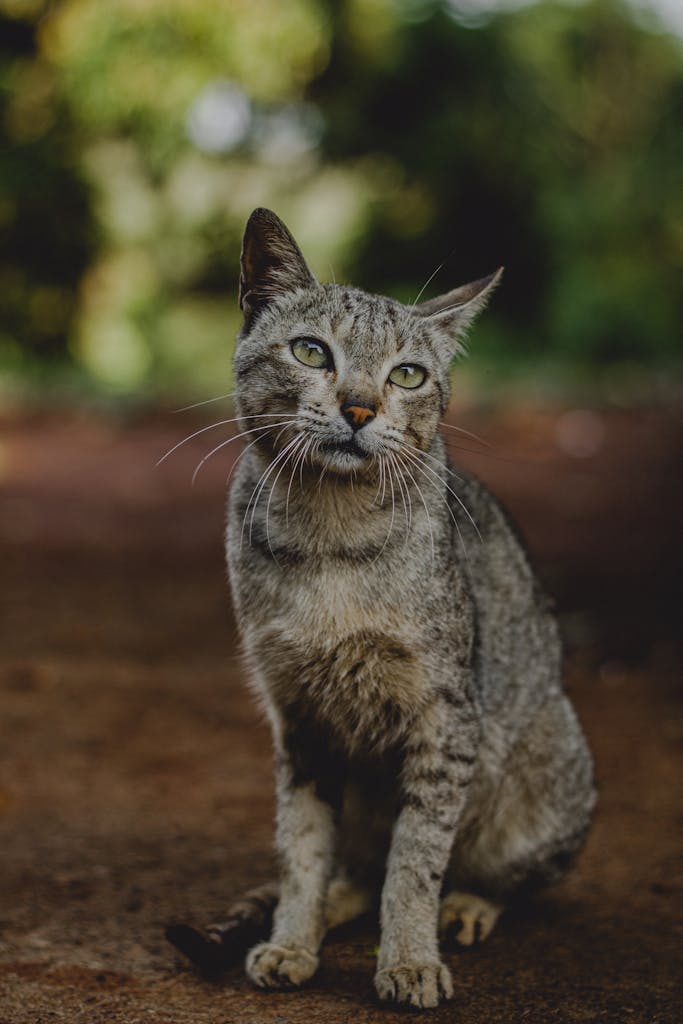
In contrast, the Pampas cat tends to have a more uniform grayish or brownish coat with less pronounced markings, although it has characteristic dark stripes on its face and limbs.
Size is another difference. The Colocolo cat is slightly larger, with a more muscular build compared to the slender Pampas cat. The Colocolo’s stockier body is better suited for its environment, where it needs strength to hunt in rocky, uneven terrains.
On the other hand, the Pampas cat’s lighter, more agile body helps it navigate the open grasslands and high-altitude environments.
Behaviorally, the Colocolo cat is more nocturnal and solitary, hunting primarily at night. The Pampas cat, while also solitary, is known to have more flexible activity patterns, sometimes hunting during the day in its grassland habitats.
Their different behaviors reflect the varied challenges of their environments, with the Colocolo cat adapting to drier, more arid regions and the Pampas cat thriving in diverse, sometimes wetter ecosystems.
Physical Characteristics, Diet, And Conservation Status
| Feature | Colocolo Cat | Pampas Cat |
|---|---|---|
| Scientific Name | Leopardus colocolo | Leopardus pajeros |
| Size | 50-70 cm | 45-75 cm |
| Weight | 3-7 kg | 3-7 kg |
| Habitat | Andean regions, rocky terrains | Grasslands, forests, scrublands |
| Diet | Small mammals, birds, insects | Small mammals, birds, reptiles |
| Conservation Status | Near Threatened | Near Threatened |
Colocolo Cat vs Pampas Cat
When comparing the Colocolo cat vs Pampas cat, it becomes clear that their differences go beyond physical appearance. One key factor is their habitat preferences.
The Colocolo cat prefers more arid, scrubby environments, whereas the Pampas cat is often found in open grasslands, though it can also venture into forested areas and even mountainous regions. This difference in habitat has driven distinct adaptations in each species.
In terms of diet, both cats are carnivorous, but they hunt different prey based on their environments. The Colocolo cat primarily hunts small mammals, birds, and reptiles in the dry regions it inhabits.
The Pampas cat, living in grasslands, often preys on birds and rodents. Its hunting style tends to be more opportunistic, taking advantage of the open landscapes.
Another difference lies in their conservation status. Both species face threats from habitat loss, human encroachment, and illegal hunting. However, the Pampas cat is often more at risk due to agricultural expansion in the Pampas grasslands, leading to habitat fragmentation.
Conservation efforts are in place for both species, but their differing habitats require tailored strategies to ensure their survival.
Colocolo Cat vs Pampas Cat FAQs
Are the Colocolo cat and Pampas cat the same species?
No, they are different species. The Colocolo cat is Leopardus colocolo, while the Pampas cat is Leopardus pajeros, though they are often mistaken for each other due to their similar appearance.
Where do Colocolo cats and Pampas cats live?
Colocolo cats inhabit scrublands and semi-deserts in Argentina, Chile, and Bolivia. Pampas cats are found in grasslands, forests, and the Andes mountains across South America.
How do Colocolo cats differ from Pampas cats in terms of appearance?
Colocolo cats have more pronounced stripes and spots with a reddish tint, while Pampas cats have a more muted, uniform coat with distinctive facial markings and tail rings.
What do Colocolo cats and Pampas cats eat?
Both cats are carnivores. The Colocolo cat hunts small mammals, birds, and reptiles, while the Pampas cat often hunts birds and rodents in open grasslands.
Are Colocolo cats endangered?
Although they are not presently considered endangered, colocolo cats are at risk due to habitat degradation and poaching.
Can the Colocolo cat and Pampas cat interbreed?
No, since they are different species, they do not interbreed in the wild.
What are the biggest threats to Pampas cats?
Habitat destruction due to agricultural expansion in the Pampas region and illegal hunting are the biggest threats to the Pampas cat population.
Final Thoughts
The Colocolo cat vs Pampas cat comparison reveals the fascinating differences and adaptations of these two wild felines. Though they share the same continent and are often mistaken for each other, their unique characteristics—whether in appearance, behavior, or habitat preferences—set them apart.
Understanding these changes is vital, not only for appreciating the richness of South America’s wildlife but also for ensuring that these species are effectively safeguarded in the face of mounting environmental concerns.
To protect the Colocolo and Pampas cats in the future, conservation measures must be sustained as human activities continue to push further into their habitats.
